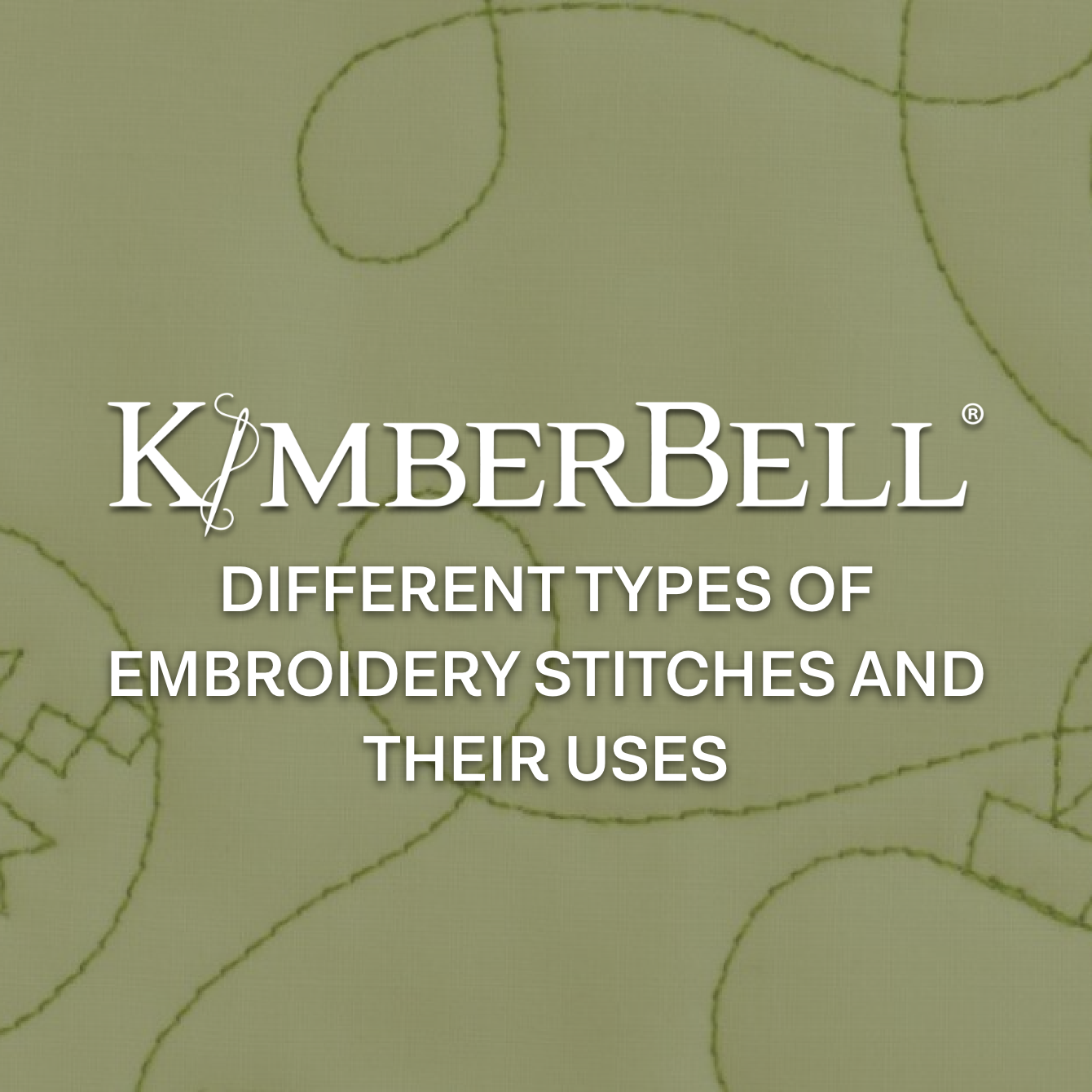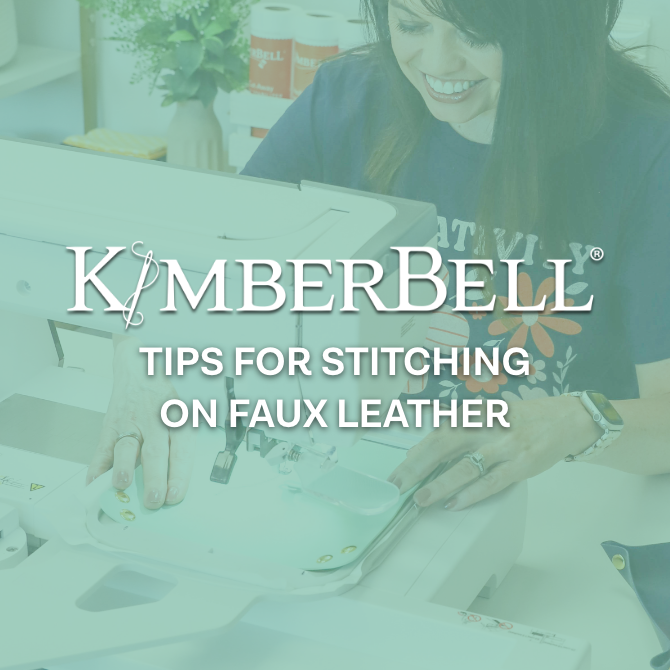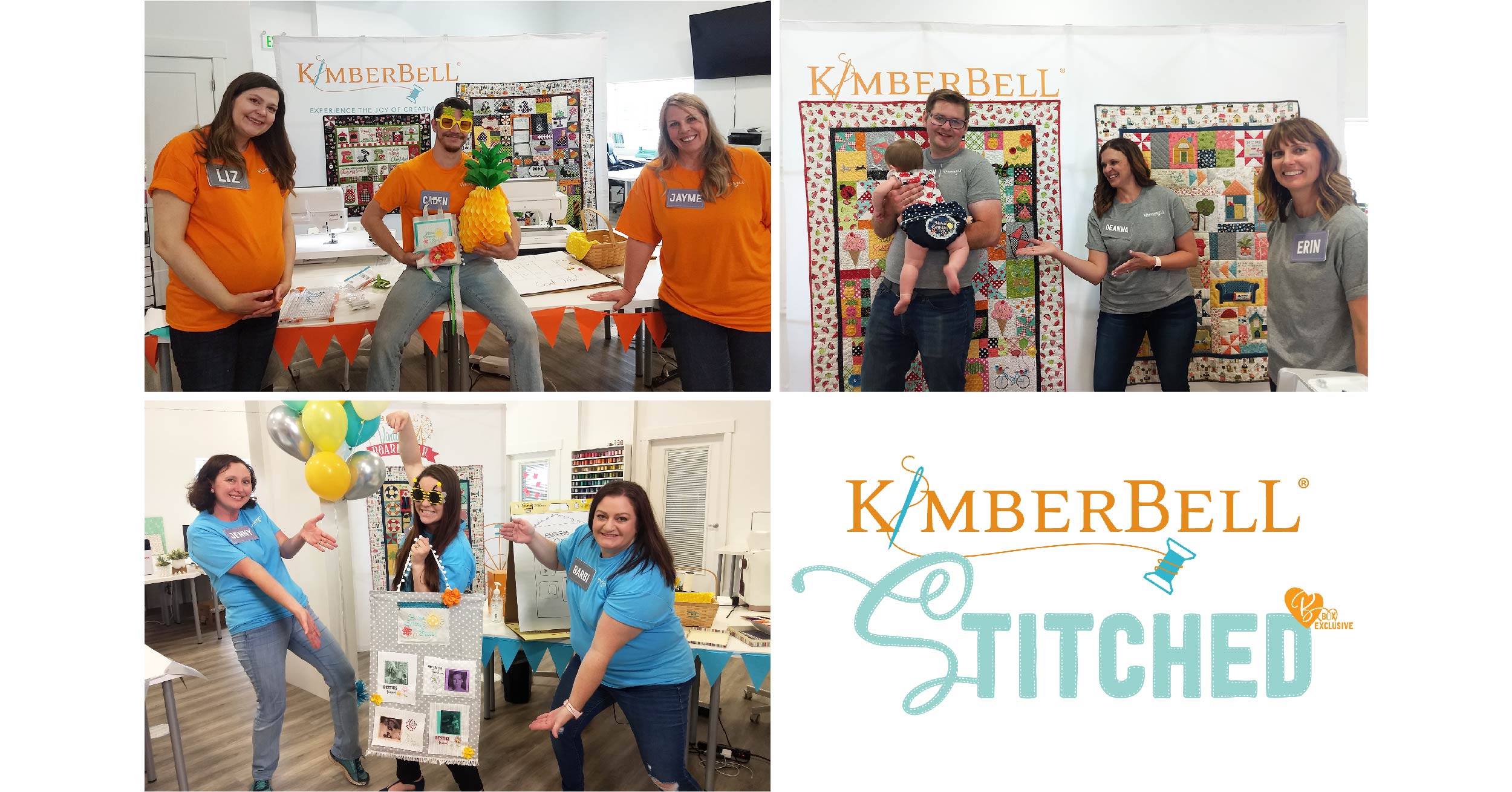Different Types of Embroidery Stitches and Their Uses

Embroidery is a timeless art form that transcends cultures and generations, allowing individuals to express their creativity while adding texture and beauty to textiles. From simple hand stitches to intricate machine work, the diverse range of embroidery stitches enables artisans to create stunning visual effects that can enhance garments, home decor, and personalized gifts. Understanding the different types of embroidery stitches and their uses is crucial for both beginners and seasoned crafters, as each stitch serves a unique purpose and can evoke distinct styles and themes.
Satin Stitch
The satin stitch is a popular embroidery technique characterized by its smooth, glossy appearance reminiscent of satin fabric. It is formed by closely spaced stitches that create a dense, overlapping pattern, resulting in a lustrous finish that can be used to fill shapes or outline designs. This stitch is typically executed in a straight line, either horizontally or vertically, and is ideal for achieving a polished look in various embroidery projects. By adjusting the stitch length and tension, embroiderers can control the depth and richness of the satin stitch, making it a versatile choice for both decorative elements and detailed designs.
When To Use a Satin Stitch
Satin stitches are particularly effective when filling larger areas in embroidery designs, as their dense placement creates a smooth, eye-catching surface. This makes them an excellent choice for embellishing letterings, logos, or motifs on garments and accessories where a refined finish is desired. Moreover, satin stitches can bring depth and dimension to floral designs, allowing petals and leaves to stand out with a luxurious sheen. Their glossy appearance can add a touch of elegance to home decor items, such as cushions and table linens, enhancing the overall aesthetic of a space.
Additionally, satin stitches can be strategically used to outline shapes and provide structure to more intricate designs. By framing elements with satin stitches, embroiderers can create a visual boundary that defines and enhances the focal points of their work. This technique is particularly useful in creating detailed illustrations or stylized patterns, where clarity and contrast are essential. Overall, the versatility of satin stitches makes them a fundamental tool in an embroiderer’s toolkit, suitable for both bold statements and subtle enhancements in various projects.

Running Stitch
The running stitch is one of the most foundational embroidery techniques, known for its simplicity and versatility. It consists of a continuous series of small, evenly spaced stitches that can be worked in straight lines or curves. This stitch is easily recognized by its uniform appearance, making it an ideal starting point for beginners. The running stitch can be adapted to create various visual textures and effects, providing unique opportunities for creativity in any embroidery project. Its straightforward nature allows for rapid work, enabling crafters to experiment with different patterns and designs while developing their embroidery skills.
When To Use a Running Stitch
Running stitches are incredibly versatile and can be employed in a variety of embroidery applications. They are perfect for outlining designs, adding delicate detailing, or creating abstract patterns. Additionally, running stitches can be used to join pieces of fabric together, making them a practical choice for quilting and constructing layered designs. Whether creating intricate patterns on a garment or minimalist accents on home decor, running stitches serve as a fundamental technique that enhances projects with their clean and elegant appearance while also allowing for creativity and experimentation.
Fill Stitch
The fill stitch is an essential embroidery technique designed to cover larger areas with a solid, textured finish. Typically composed of multiple closely spaced stitches, the fill stitch creates a smooth and uniform appearance that can vary in texture based on the stitch density and pattern. This technique allows embroiderers to achieve depth and richness in their designs, as well as explore creative possibilities by manipulating stitch direction and layering effects. The versatility of the fill stitch makes it a fundamental element within the wider world of embroidery, enabling crafters to express their artistic visions through diverse applications.
When To Use a Fill Stitch
Fill stitches are particularly useful when working on large areas that require a full coverage effect. They are ideal for creating bold and vibrant designs, making them suitable for embellishing garments, accessories, and home textiles. By adjusting the density of the fill stitch, embroiderers can achieve varying textures and tones, adding depth and dimension to their designs. This technique is often employed in creating motifs such as flowers, animals, or abstract shapes, where a smooth, filled appearance enhances the overall visual impact. Additionally, fill stitches can be combined with other embroidery techniques to create intricate layering effects, allowing for endless creativity in any project.

Zigzag Stitch
The zigzag stitch is a widely used embroidery technique that creates a series of diagonal lines forming a zigzag pattern. This stitch is particularly valued for its flexibility and strength, as it can stretch and adapt without breaking. The zigzag stitch can vary in width and length, allowing crafters to customize their designs based on the desired effect. Its versatility makes it suitable for quilting, appliqués, and embellishing hems, enhancing both functionality and visual interest in embroidery projects.
When To Use a Zigzag Stitch
Zigzag stitches are particularly beneficial when reinforcing seams or finishing edges, as their elasticity helps prevent the fabric from fraying. Additionally, this stitch can be used creatively to add texture and visual appeal, making it perfect for decorative borders, appliqué work, or even as a means of adding dimension to letters and designs. The ability to adjust the width and length allows crafters to experiment with different styles, ensuring that the zigzag stitch remains a versatile staple in any embroidery toolkit.
Combined Stitches
Combined stitches refer to the technique of integrating two or more different types of embroidery stitches within a single design, allowing for enhanced texture and complexity. This approach not only adds visual interest to the artwork but also provides unique opportunities for creativity, enabling embroiderers to play with various stitch combinations to achieve specific effects. For instance, a combination of satin and running stitches can create a striking contrast between glossy and matte finishes, while pairing fill stitches with zigzag stitches can introduce dynamic patterns and depth.
When To Use Combined Stitches
Combined stitches are particularly useful when aiming to create intricate and multi-dimensional designs that capture the eye and elevate the overall aesthetic of an embroidery project. By merging different stitches, crafters can achieve a rich tapestry of textures and styles, effectively accentuating specific elements within their work. For example, utilizing combined stitches can help draw attention to focal points, such as flowers or motifs, by enhancing their visual impact through contrast and layering. This technique allows for boundless creativity, encouraging artisans to experiment with various combinations to produce unique patterns and designs that reflect their personal style.
These are just some of the many different types of embroidery stitches, and understanding their uses and applications can help you master more complex projects in the future. With practice and patience, you can use these stitches to bring your creative visions to life and add a touch of beauty and personalization to anything you embroider. When you’re ready to start your next project, explore our selection of background quilting designs and related embroidery supplies here at Kimberbell.


